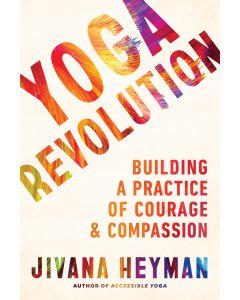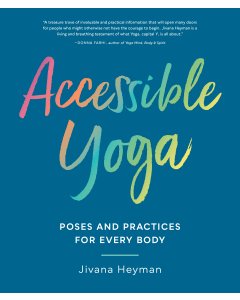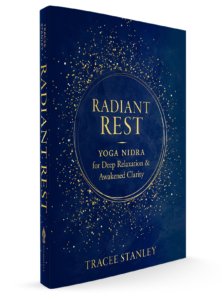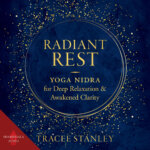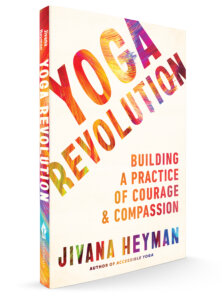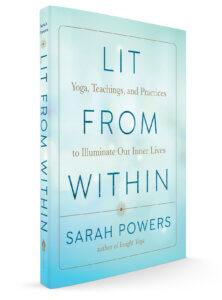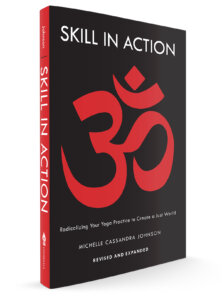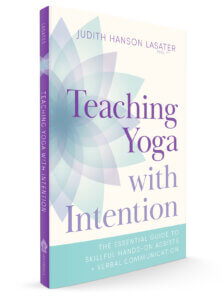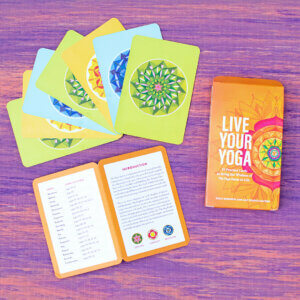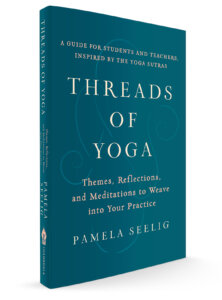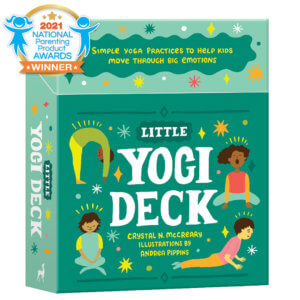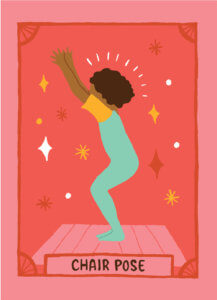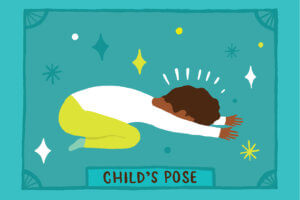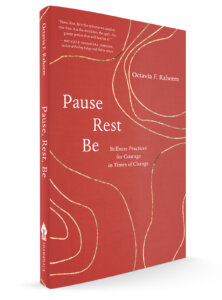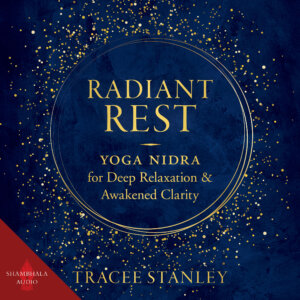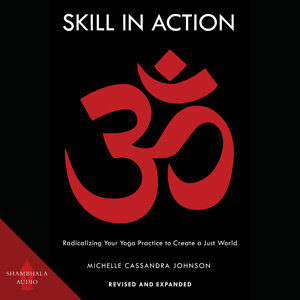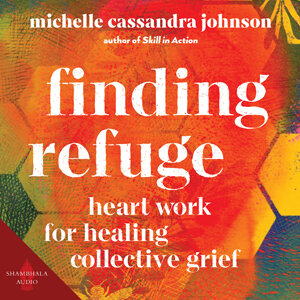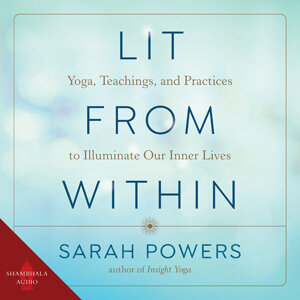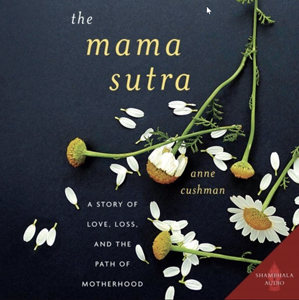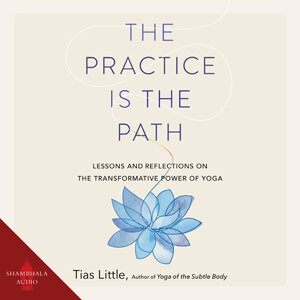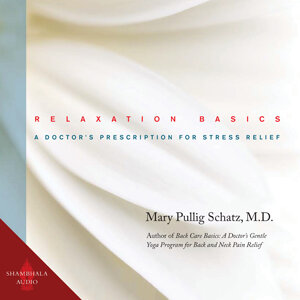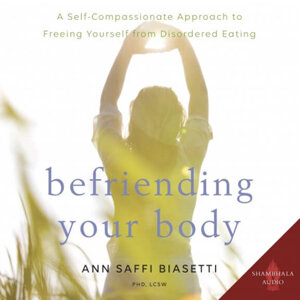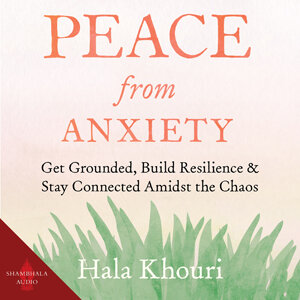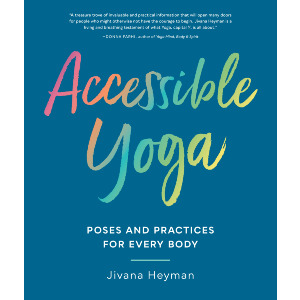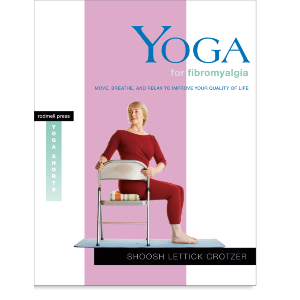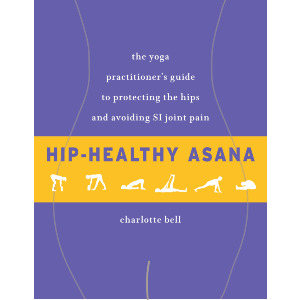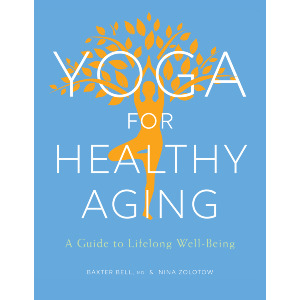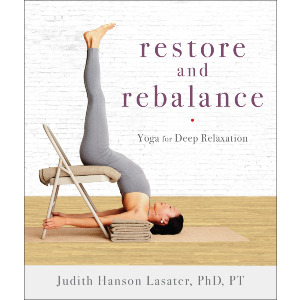See our Buddhist Year in Review Guides: Theravada/Pali/Insight | Chan, Zen, Mahayana | Tibetan Buddhism


Jivana Heyman
JIVANA HEYMAN, C-IAYT, E-RYT500, is the founder and director of the Accessible Yoga Association, an international non-profit organization dedicated to increasing access to the yoga teachings. Accessible Yoga offers conferences, community forums, a podcast, and a popular ambassador program. He’s the co-founder of the Accessible Yoga Training School and the author of Accessible Yoga: Poses and Practices for Every Body. His website is jivanaheyman.com.
Jivana Heyman
GUIDES


Receive a 30% discount on these titles through January 2nd using code 2021YE at checkout
We are very happy to share with you a look back at our 2021 books for yogis big and small
Jump to: Books | Books for Kids | Forthcoming Books | Audiobooks
Develop a powerful practice of deep relaxation and transformative self-inquiry with this essential guide to yoga nidra

This accessible guide shares six essential practices arranged around the koshas, the five subtle layers of the body: the physical, energetic, mental, intuitive, and bliss bodies. It also offers shorter, accessible practices for people pressed for time. Each practice is explained through step-by-step instructions and ends with self-inquiry prompts. A set of guided audio meditations provide further instruction. Feel a greater sense of stability, peace, and clarity in all aspects of your life as you deepen your yoga nidra practice and discover its true power.
It is time to address the dissonance between the often superficial way yoga is currently being practiced and the depth of yoga’s ancient universal spiritual teachings. In this clarion call to action, Jivana Heyman offers a blueprint for cultivating a practice based in the ancient wisdom of the Bhagavad Gita and the Yoga Sutras in service of those experiencing exclusion and oppression.

Build an integrated, deeply personal practice to cultivate transformation, self-trust, and awakening with insights and techniques from beloved teacher Sarah Powers.
More than just physical poses on a mat, yoga can be a profound path of self-realization. Lit from Within encourages readers to pursue yoga in its fullness, examining conscious and unconscious habits, connecting to our inner landscapes, and freeing us to relate to ourselves and our world with a sacred outlook.
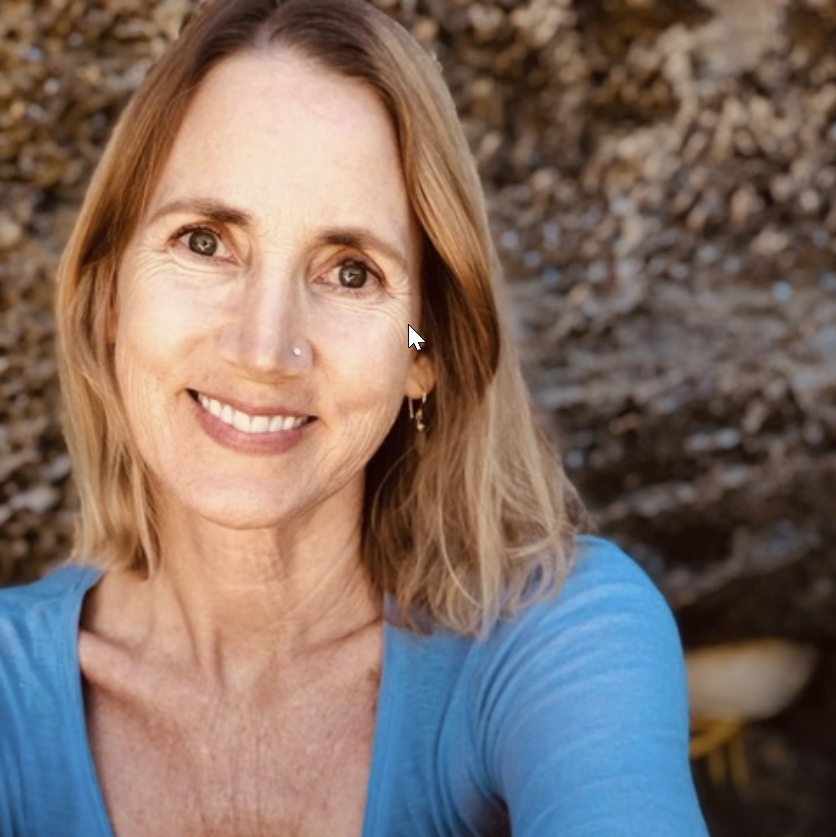
In these challenging times, Lit from Within offers a path to health, wholeness, and connection—from the inside out.
Explore the deeply transformational practice of yoga as a way to create a world that is more just for all. Drawing from yoga philosophy—particularly the wisdom of the Bhagavad Gita, an ancient yogic text that calls us to see the divinity within all and live our dharma for the collective good—Skill in Action urges us to change the way we are living and being, to think about how our actions affect others, and to respond to the persistent call for justice for all.
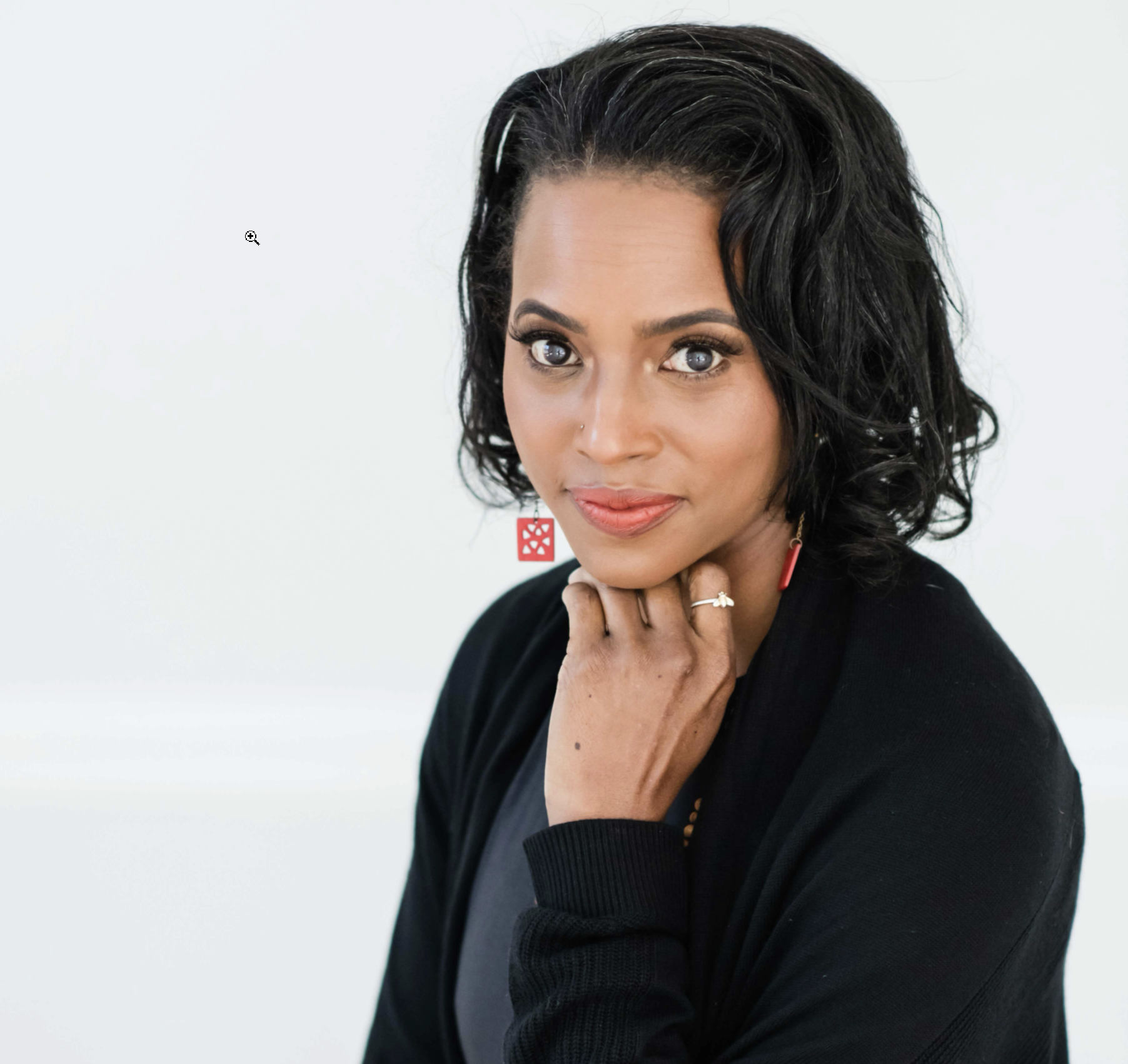
- A look at how the yamas and niyamas—the ethical precepts of yoga—can be studied in order to create a more just world;
- A clear view on how power and privilege inform the yoga industry;
- Ideas on how to integrate justice into teaching the eight limbs of yoga;
- Ways to support people as they move through their resistance and discomfort in the face of injustice;
- An explanation of actionable love and the role of compassion in our social change work;
- A clear call to remember our role as teachers and change-makers;
- Potent tools and practices to both ground and inspire us—such as journaling prompts, pranayama exercises, meditations, and rituals.
Clear, effective verbal communication and judicious touch are two skills that are essential for every yoga teacher. Drawing from her fifty years of yoga experience and her training in Nonviolent Communication and physical therapy, Judith Hanson Lasater has created the definitive guide to effective and appropriate communication between yoga teachers and their students. She focuses not just on how to explain technique but also on the more subtle lessons of respect, empathy, and compassion.
Lasater shines an unflinching light on physical contact in yoga. Teachers often use touch to create understanding and awareness in the poses. But this is a nuanced art, and Lasater gives clear guidance on how, where, and when it is appropriate to further a student’s development.
Lasater also empowers students by encouraging them to take ownership of and responsibility for their practice: learning how and when to say no to an adjustment, keeping boundaries, knowing when to leave a class, how to communicate your needs to your yoga teacher, and if and when to report a teacher’s behavior. The skills that Lasater offers in this clear, practical book will help create a safe and optimal learning environment for all students and teachers.
Take the wisdom of yoga off the mat and explore 54 ways to reinvigorate your practice by connecting with the Yoga Sutras.
The Yoga Sutras offer so much to people on the yoga path—and to spiritual seekers in general—but many find that the philosophy is too dense to interpret and apply to modern life. Live Your Yoga offers a perfect way to understand and use the teachings on a regular basis.
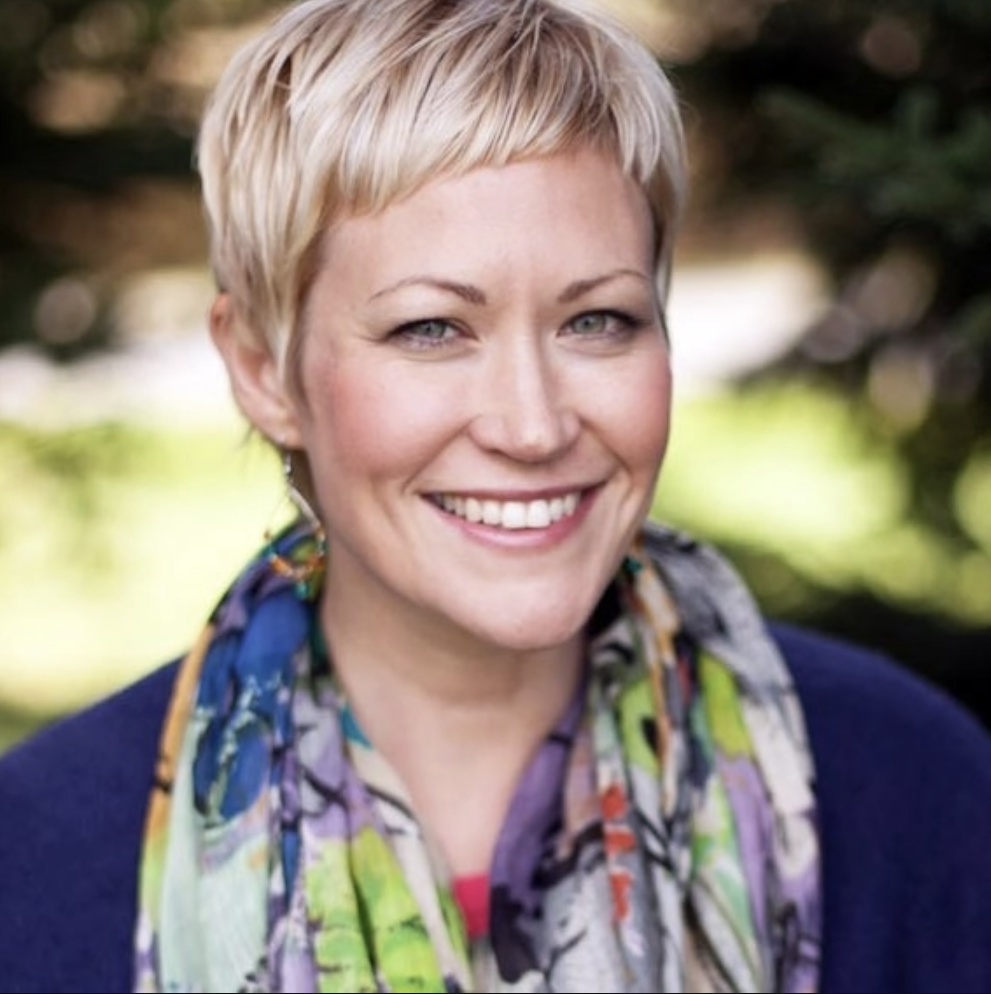 The practice deck includes an introductory fold-out card explaining what the Yoga Sutras are and how to use the 54 cards that make up the deck. Each card focuses on a specific theme—balance, gratitude, acceptance, discipline, habit, and more—and offers one of three practice prompts: Explore, Connect, and Replenish. The Explore prompts offer philosophy from the Sutras and provide inspiration, contemplation, and self-study. The Connect prompts guide you to focus on your body and breath, and include tangible practices, including some asana and pranayama. Replenish prompts explore the last four limbs and provide mindfulness and meditation exercises. Pick a single card or put together a small practice, whatever you need at that moment. Whether you are new to yoga philosophy or in need of an accessible guide, the Live Your Yoga practice deck will guide you on your yoga journey.
The practice deck includes an introductory fold-out card explaining what the Yoga Sutras are and how to use the 54 cards that make up the deck. Each card focuses on a specific theme—balance, gratitude, acceptance, discipline, habit, and more—and offers one of three practice prompts: Explore, Connect, and Replenish. The Explore prompts offer philosophy from the Sutras and provide inspiration, contemplation, and self-study. The Connect prompts guide you to focus on your body and breath, and include tangible practices, including some asana and pranayama. Replenish prompts explore the last four limbs and provide mindfulness and meditation exercises. Pick a single card or put together a small practice, whatever you need at that moment. Whether you are new to yoga philosophy or in need of an accessible guide, the Live Your Yoga practice deck will guide you on your yoga journey.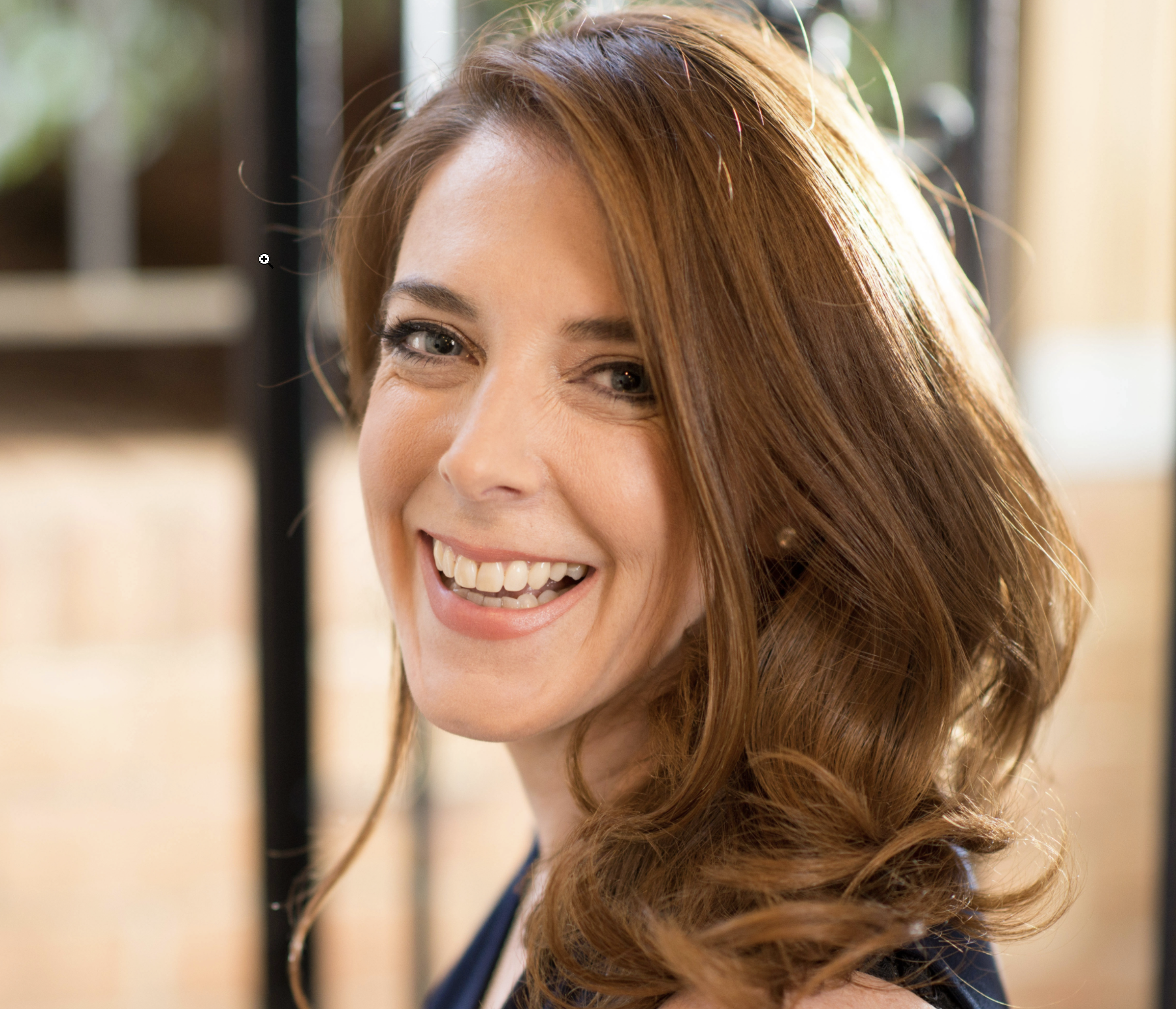
The practice deck is illustrated with beautiful Yantras created by Chanti Tacoronte-Perez, a yogi, sacred artist, and author. East Indian Yantras traditionally hold the energy or pattern of divinity and for this deck, Chanti has translated an image she experienced in deep rest to support the spirits of connection, exploration, and replenishment.
Deepen and enliven your yoga practice with 30 themes based on Patanjali’s Yoga Sutras that can inspire on and off the mat.
Yoga draws many practitioners because of its physical benefits, but it is often the experience of peace that people return for. Threads of Yoga supports those seeking to learn more about yoga’s deeper spiritual teachings. Each short chapter introduces a foundational yogic theme, such as letting go, the breath, the yamas and the niyamas, and the chakra system. Each theme is accompanied by practices, including meditation, complementary poses, breath work, or quotes to contemplate. It is an ideal guide for both practitioners and teachers who want to connect with the spiritual wisdom of yoga, deepen their personal practice, or develop and support a theme for yoga class.
For Kids
In 2021 we published the Little Yogi Deck for kids. We hope they delight them!
With the simple shuffle of a deck, kids can bend, balance, and breathe right into their very own yoga practice. These 48 playful, color-coded cards encourage mindfulness and help build emotional intelligence on and off the mat, exploring big feelings like: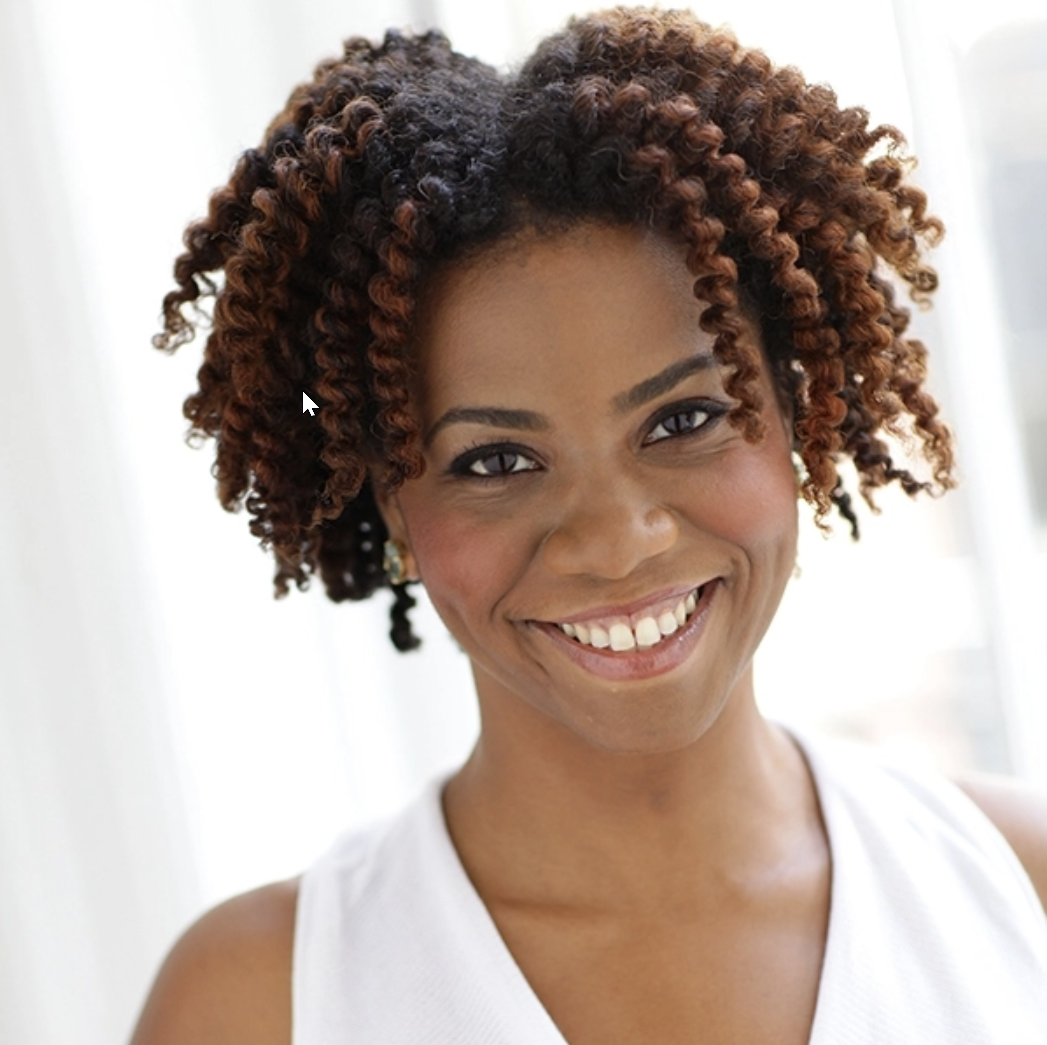
- anger
- worry
- excitement
- sadness
- joy
- jealousy
- shame
- peace
For ages 5–9.
Forthcoming in 2022
And we have lots more yoga coming out next year from the likes of Nina Zolotow, Richard Rosen, Octavia Raheem, the late Georg Feuerstein, Judith Lasater, and more. So make sure you sign up for our emails so you do not miss them! Here is a sneak peek at our next release which you can pre-order now and take advantage of the discount.
Restoring your body, mind, and spirit amid change is an act of courage, empowerment, and hope. This warm, powerful guide will help you honor the changes and spaces in your life with purposeful rest and reflection.
If you're trying to push your way through endings, beginnings, and places of uncertainty, only to find yourself more confused, disconnected, tired, and uncertain, this book will hold and fortify you. Yoga teacher and activist Octavia Raheem offers us the motivation and guidance we need to restore ourselves in the midst of all sorts of change. Change in our lives—whether it be welcome, joyful, challenging, or more subtle—presents us with the opportunity to pause and gather our energy to work with whatever lies ahead.
Drawing wisdom from yoga philosophy and her many years of teaching experience, Raheem offers us the motivation and guidance we need to restore ourselves in the midst of all types of change. She gives us three simple restorative yoga poses (savasana, side lying pose, and child’s pose), and offers short teachings, reflections, and practices to see us through times of ending, beginning, and liminal/transitional space. She shows us how slowing down, stillness, and deeper connection to our own transitions empower us to move through collective shifts with more grace—and what it means to navigate shifts and change with presence and courage.
Yoga Audiobooks
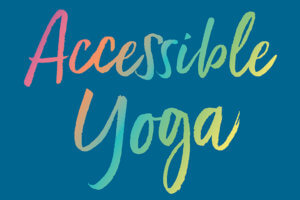

Finding the Essence of a Pose
Asana (the Sanskrit word for yoga pose) is just one part of yoga, but it’s an important part, and it can be made accessible to everyone who is interested. The question everyone has is, “How do I start? How do I find a way into a practice that seems so physically challenging?” The answer is to start where you are.
When you consider practicing a new yoga pose, it’s easy to look at the “full expression” of the pose and think, “I’ll never be able to do that.” The fact is, the full expression of a pose—or an advanced variation—isn’t actually better than any other variation. Remember, peace of mind is the goal of yoga, and physical ability does not correlate to peace of mind. Someone who is strong and flexible is not necessarily more peaceful.
To practice yoga, we need to understand the relationship between its physical practices and the subtle practices such as relaxation, breathing, and meditation. In fact, in yoga, more subtle is more powerful. Asana practice creates an opportunity for the mind to get quiet, but your ability to quiet your mind is not the result of how “advanced” the pose you’re doing is; it’s actually the result of how focused you are. It’s not what you do, but how you do it.
My first yoga teacher, Kazuko, also happened to be a master of the Japanese tea ceremony. She showed me how the seemingly simple act of making a cup of tea can be turned into an art form and a spiritual practice. It wasn’t the complexity or difficulty of making the tea that made it special. On the contrary, it was the simplicity of the practice and the ability to stay completely focused in the present moment that was key. The same is true in yoga.
This present moment awareness can also help us find that balance between stretching and straining in our practice. Pushing too hard in asana and practicing variations that are too advanced can move us away from the goal of yoga. Similarly, giving up and thinking, “I’ll never be able to do that pose” misses the point.
For example, think of Cobra Pose (Bhujangasana), where you lie facedown on the ground and raise your head, neck, and chest. If you look at images of Cobra Pose on social media, you’ll probably think, “Forget it!” This is a shame because it is one of the poses that offers benefit for almost everyone.
So what can you do? If you can’t get down on the floor, does that mean you can’t practice Cobra Pose? No, because there are endless variations of this asana, including practicing in a chair, kneeling, standing, or lying in bed. In fact, there are as many variations of Cobra Pose as there are people practicing it.
So the way to start practicing a new pose is to consider, “Why do this practice, and what are the benefits?” Cobra Pose has many benefits, but let’s focus on two main ones. It is great for posture, since it strengthens the upper back and moves the spine in the opposite direction of our normal slouching position. It is also a heart-opener, which means it expands the area of the chest around the heart and allows us to expose our emotional heart to the world.
Try It: Creating Cobra Pose
First, think of the energetic movements of Cobra Pose, including expanding the chest and strengthening the upper back. How can you create the experience of the pose where you are right now?
- Begin by trying to experience Cobra Pose in your mind.
- Imagine lengthening your spine and creating a gentle arch in your upper back and neck.
- Then see if you can experience it in a very gentle way in your body by slowly moving into that shape and expanding the area around your heart. These can be micromovements that are barely visible to the eye.
- Notice all the sensations you experience in your body; notice what your breath is doing.
- Then rest and notice how you feel after practicing that pose.
- The moment after you do a practice is very important. Always take a moment after each pose to notice how you feel: what changed physically, emotionally, and mentally?
Ways to Adapt
Use Props
Using props may be the most important way that we can make asana accessible. I know that in some public yoga classes the use of props can be discouraged, or there may be a stigma related to props that keeps people from using them. However, props offer so many benefits that it’s challenging to think of reasons not to use them!
Props can support our efforts to find the essence of the asana. First we ask, “What am I working toward experiencing in the pose? What muscle groups need to lift and are working in the pose, and what muscle groups are releasing and relaxing in the pose?” It can take time to find this yourself.
First, let’s consider some of the reasons to use props and how they can support, and even deepen, your asana practice.
Props Can Raise the Floor
Our favorite prop, the ground, is an essential element of asana practice. Every time you practice on a mat, you use the ground as a partner in your practice. It offers support, resistance, and even a massage to the internal organs. Most yoga practitioners don’t realize they are already using props when they practice on the smooth floor of a yoga studio, the grass of a park, or the sand of a beach. They also don’t realize they’re using a prop—a yoga mat—to help with grip and stability.
To assist in making asana more accessible, it can be helpful to raise the floor to us rather than always reaching down toward the floor. This is also the purpose of a chair or a bed—they bring the floor to us.
Related Books
Try It: Practice Chair Mountain Pose
- Sit tall in a chair and notice the position of your thighs.
- If your knees are lower than your hips, try placing a folded blanket under your feet to make your thighs parallel to the floor. In this way you are raising the floor to your feet rather than lowering your feet to the floor.
- If your knees are higher than your hips, try placing a blanket under your buttocks to sit higher.
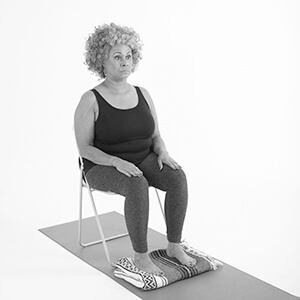
Share


